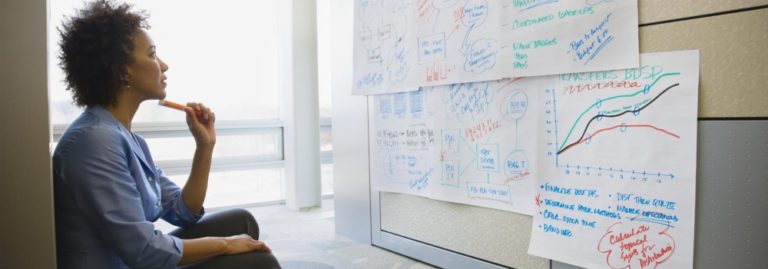By Ken Mihalyov, chief innovation officer, Transportation, Central and Local Government Sector, Xerox
Want to know what’s going to make the world a much cooler place in the next decade? Next century?
The Brookings Institute and The Rockefeller Foundation just released their latest research listing the top 10 State and Metropolitan innovations to watch in 2013. These innovations are recognized for their potential impact, as well as for their ability to be replicated.
One of the places on this list is a city that Xerox works with very closely – Los Angeles. Xerox has worked with LA to develop a number of innovative solutions to improve parking and transportation.
Many of the transportation projects we’re working on these days depend on collecting and analyzing an enormous amount of data. In fact, Gartner predicts that $232 billion will be spent on big data infrastructure projects through 2016.
Here are a few innovations that we feel will have the biggest impact on the transportation industry in 2013 and beyond.
- Congestion Management via Data Analytics – Cities and states capture massive amounts of data on a daily basis, but only recently have they started putting that data to use. In some cities, we’re analyzing millions of fare transactions on buses and trains to provide greater insights. This short video will tell you more:
ARVE Error: need id and provider
- Dynamic Pricing (Parking and Tolling) – Cities like Los Angeles are getting more out of their existing infrastructure by applying unique algorithms that crunch data, such as highway speeds and time of day, to better manage transportation functions like parking and highway lanes.
- The Human Factor: Employing Ethnography to Enhance Big Data – Field research plays a critical role in introducing new services to reveal unforeseen human variables that do not surface in the lab, in computer simulations, or in surveys and focus groups. We believe the most successful projects will use ethnography in order to discover the “big picture” including human interaction.
- Using Video to Improve Carpool Lanes: HOT (high occupancy toll) and HOV (high occupancy vehicle) lanes move more people, more efficiently through the same number of highway lanes. But enforcement is a challenge, requiring police officers to monitor these lanes manually. We’re developing video-based tools designed to automate enforcement. We’ve developed a prototype identifying how many people are in a vehicle. This could also come in handy in cities that have enhanced their HOV lanes by allowing single occupant vehicles to use the HOV lanes upon payment of a toll.
What do you think of the Brookings Institute/The Rockefeller Foundation top 10 list? Are innovations happening in your city that deserve a mention? Leave a comment and let us know.
Ken has worked at Xerox for more than 35 years and has seven patents to his name. When he’s not looking at cool new ways to make travel easier, he enjoys spending time with his family in Webster, New York.


